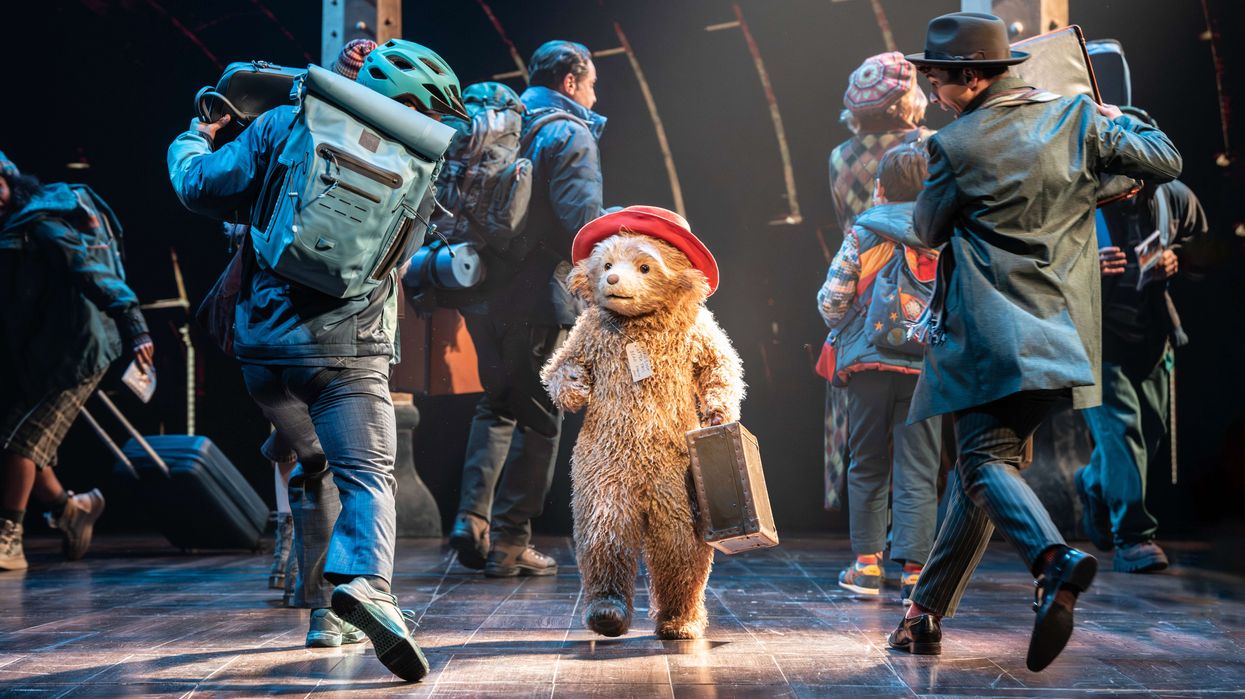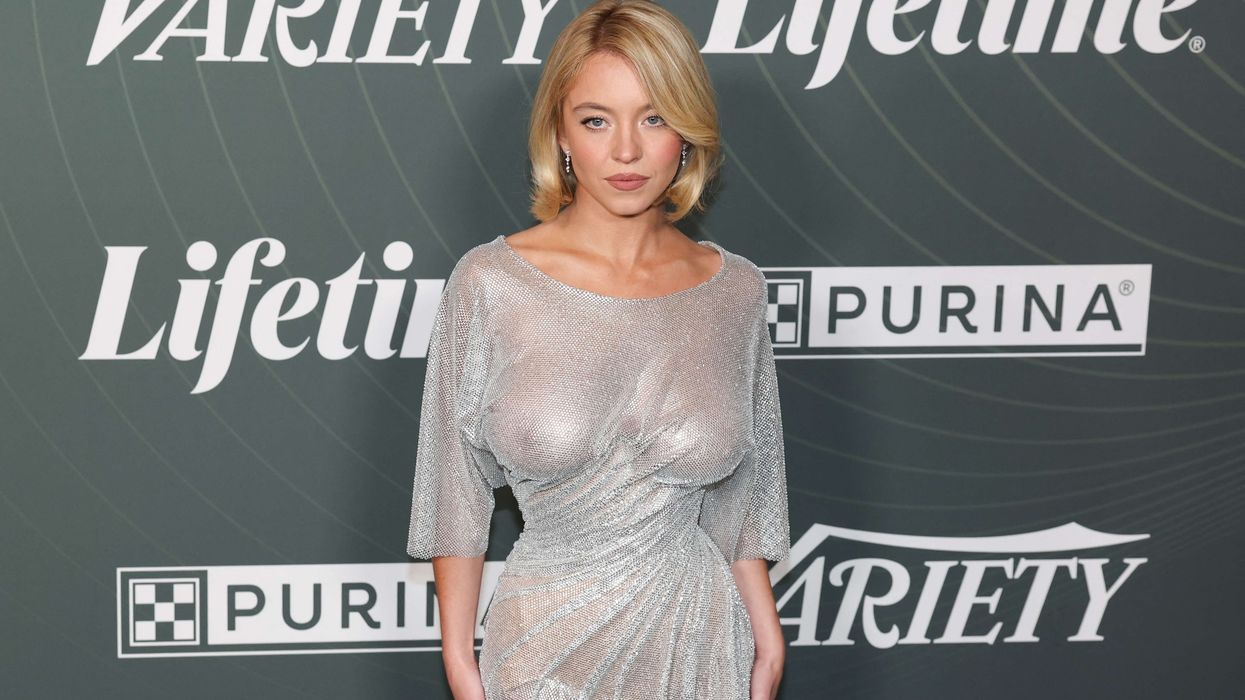ONCE Britain’s richest man (see our sister Asian Rich List 2009*), Lakshmi Mittal is probably at least thinking about full retirement from the cut and thrust of running the world’s largest steel company, ArcelorMittal.
Valued at around $50 billion (£36bn) as a company with more than 190,000 employees, the Indian-born 70-year-old tycoon still remains something of an enigma. He has not done many interviews and rarely speaks to the media about anything.
Many of those who know him say he is the consummate dealmaker – and the proof is very much there in the pudding – though from a successful Marwari (Marwadi) trading family who had interests in steel, he branched out to manage his own plant in Indonesia and has never looked back.
From the family’s early days in Kolkata as traders and merchants – many in the Marwari community relocated from their original region of Rajasthan to other parts of northern India and some left Sindh, now in Pakistan, at the time of Partition and many of them relocated to Kolkata as one of the Empire’s foremost trading posts.
In one profile, Mittal is said to have hardly earned anything more than a basic managerial salary and any dreams of being one of the world’s richest men were simply that when he took up responsibility for running the plant in Indonesia.
His skill is in management and strategic planning – plotting his moves rather like a grand chess master. Each move would leave him stronger and more capable of making the next.
His ability to wheel and deal and see opportunities where others hesitated is perhaps well documented now, but in in 2006 his successful bid for Arcelor, a crumbling multi-national mostly European Luxembourg- headquartered firm was seen as audacious and bold and improbably risky. “We are driven by an entrepreneurial spirit and a passion for excellence, never accepting that the limits of our material have been reached.
“We will continue to push boundaries, whether developing technologies to reduce the carbon footprint of steel, transforming the built environment with our new construction solutions, 3D printing automotive parts using steel powders or, through the adoption of artificial intelligence and advanced automation across our operations.
“This is what it takes to be the steel company of the future,” is a statement from the ArcelorMittal website, but it has perhaps best outlines Mittal’s own vision and what he believes he, his family and his company stand for.
Today, ArcelorMittal the company Mittal created by merging his then Mittal steel interests to create the global giant – can be viewed as a move which took the entrepreneur to the very next and highest level.
Such is the industrial might of ArcelorMittal today and the personal regard he commands as a business figure that political leaders will take his calls – sometimes they have even been known to call him. A philanthropist who has donated money to good causes globally, he continues to live in London – even though ArcelorMittal HQ remains in Luxembourg and many operations continue to be at the heart of some EU countries.
Perhaps the most significant development over the year, has been the elevation of son, Aditya to group chairman and CEO, from being chief financial officer. Mittal senior (L Mittal) is now executive chairman of the Luxembourg incorporated entity.
“The board unanimously agree that Aditya Mittal (A Mittal) is the natural and right choice to be the company’s chief executive,” L Mittal said. “We have worked closely together since he joined the company in 1997, indeed in recent years we have effectively been managing the company together.”
The younger Mittal, 45, who began his career as a banker with Credit Suisse, returned the compliment: “Mr Mittal (L Mittal) built the ArcelorMittal from a greenfield rolling mill in Indonesia to become the world’s leading steel company.
“It is an extraordinary achievement and I am privileged to have witnessed and been part of so much of that journey,” he said.
The young Mittal had helped to create the world’s largest steel company in 2006 – when the Mittals originally launched their bold bid for Arcelor.
What was less reported on at the time of this announcement in management structure was other organisational changes the company made, announced in February.
Belgian Geert van Poelvoorde (corr) became the new CEO of ArcelorMittal Europe.
A civil and electronic engineer by background, the Ghent University graduate started out as a manager at a Luxembourg steel mill and became chief operating officer at ArcelorMittal in 2008.
Since 2015 van Poelvoorde has been president of Eurofer – the European Steel Federation. The company said: “He is now responsible for the full scope of AreclorMittal’s activities in Europe.”
Another top-level executive – Yves Koeberle was handed a new position as CEO of ArcelorMittal Europe-Flat Products.
In February, the company also announced it had a new $1 billion cost reduction plan in place and had restarted dividend payments after higher than expected fourth quarter earnings.
The company’s balance sheet still showed a loss of $733 million but sales appeared to be picking up as the threat of the Coronavirus began to recede towards the end of 2022.
More shipments, improved margins and better performance in its mining operations had all assisted, the company reported. ArcelorMittal had also sold off the main core of its American interests to Cleveland Cliffs – “unlocking value and significantly reducing liabilities”.
Core profitability was $1.73 bn – double the figure of a year earlier and far higher than the projected company poll of $1.47bn.
L Mittal said that he was pleased with the steel company’s overall performance and reflected that the company was “in a position of relative strength”.
It estimated that overall steel demand looked set to grow by as much as 5.5 per cent over this year (2021). The firm estimated that continuing productivity gains and 20 per cent reduction in corporate office staff would also lead to a stronger 2021. Around $70 million (£50m) had been earmarked to go to shareholders as dividend payments through a share buyback scheme.
L Mittal said: “2020 was a year of enormous challenge as countries, societies and businesses across the world grappled with the disruption caused by the Covid-19 pandemic.
“The impact on the steel industry was significant, but I am very proud of the resilience and enterprise shown by our people across the business which enabled ArcelorMittal to deliver a solid operating performance in times of adversity. We have fantastic teams across our operations.”
He also felt the company would be strengthened by activity in “high-growth projects and markets” of India, Mexico, Brazil and Liberia.
He outlined the company’s commitment to developing green initiatives. “2020 was a year in which we saw further acceleration in the drive to decarbonise the global economy.
“We have identified two main routes to achieve net zero target by 2050, both leveraging one or more clean energy infrastructures – one that utilises biomass/bioenergy with carbon capture utilisation and storage and the other which harnesses green electricity to power a hydrogen-based direct reduced iron process.”
A Mittal in his message to the company on his appointment, reflected that the pandemic had not only caused enormous disruption but that it “had also taught us all a lot. It flattened our organisation, made us very agile, very united, and even more passionate.”
He went onto outline where he feels the company must go. “The importance of sustainability and climate change is now growing exponentially and no longer incrementally.”
He said it would be the “defining issue” for years to come and he stated the transition to a low carbon environment was critical. In March 2021, the company went further on how it was going to fulfil its commitments to greener steel. It announced its was launching a new green products division in line with a commitment to reducing its carbon footprint to net zero by 2050.
One of President Joe Biden’s first acts in office was to restart the process of re-joining the Paris agreement which is a commitment made by nearly 200 countries to help reduce carbon emissions, so that global warming will be limited to just 1.5 degrees Celsius or at least below 2 degrees by 2050.
A Mittal said: “At ArcelorMittal, we have an important role to play in helping society deliver the objectives of the Paris Agreement and are determined to lead our industry’s transition to carbon neutral steel.
“We have the scale, resources and technological prowess to make a significant impact, and have already identified the routes to carbon neutral steelmaking through our Smart Carbon and ‘Innovative DRI pathways’ (replacing iron ore with hydrogen)”.
The company launched its own line XCarb to help customers and position itself as a leading player in this market. Van Poelvoorde called it a “magic moment”.
This, signalled the younger Mittal, “brings the full breath of our decarbonisation activity together under a single umbrella brand.
“It aims to demonstrate to stakeholders the diverse range of initiatives we are undertaking in pursuit of our 2050 net zero goal while also providing our customers with solutions which help them address their own carbon reduction targets, demonstrating the important role steel has to play in a future, circular economy.”
Along with a new industry-wide certification scheme – and independent monitoring – companies would be able to prove their carbon reduction using XCarb – earning green certificates and showing their contribution to the global fight against climate change.
“The scheme therefore provides customers with the opportunity to buy certificates attached to their orders of steel enabling them to report a reduction in their …carbon emissions,” the company declared.
ArcelorMittal reckoned that by the end of 2022 it would be producing 6000,000 tonnes of green steel. It also announced plans to market recycled steel produced with renewable energy via electric arc furnaces and said that it was looking to invest a $100 million in companies further developing green steel technology.
After years of planning to invest in India, this spring, the company looked as though its words would finally be matched by action.
For many years, ArcelorMittal had made good noises about investing in India – but how much bureaucracy and politics had hampered that desire is an open question.
The state government of Odisha in eastern India announced that ArcelorMittal and Nippon Steel had signed an agreement to build a $6.88m (approx. £5bn) steel plant in the region.
L Mittal himself went to Bhubaneswar in March this year to sign an MoU agreement with the state’s chief minister Naveen Patnaik. The new facility is set to have the capacity to make 12 million tonnes of steel a year in an integrated plant and riverine port in Kendrapara District.
Just a few days later, Vijay Rupani, chief minister of Gujarat announced that ArcelorMittal was all set to invest £4.93bn in the state, creating a new steel and mining plant there. Mittal himself had met Rupani and also had meetings with India’s prime minister and former chief minister of the same state, Narendra Modi.
Visiting the world’s tallest statue – known officially as The Statue of Unity at Kevadia in the state, Mittal was reported to have been impressed and described the 182 metre (597ft) construction to be “the pride of India”. The statue is of one of India’s prominent Independence leaders, Vallabhai Patel (1875-1950) – also the country’s first deputy prime minister and home minister and hailing from Gujarat.
In the guest book, Mittal had written in Hindi: “One can see the reflection of our prime minister Narendra Modiji’s far-sightedness, strong leadership and broad thinking everywhere in Kevadia.
“I was left wondering how in a short time the prime minister transformed it. Kevadia is a pride of India and is a living symbol of the fact that India is in strong hands and India’s future is secure.”
Last summer, Mittal had donated £3.5m toward the development of a Covid-19 vaccine, the University of Oxford reported.
The family, chronicled the student title Cherwell, had made an endowment for the post of professor of vaccinology at the Oxford Jenner Institute.
L Mittal said: “This year has been a wake-up call to the world to be better prepared for pandemics, which, as we have all experienced, can cause massive social and economic disruption.
“After a fascinating conversation with Professor (Adrian) Hill, my family and I concluded that the work he and his team are doing is not only extraordinary but essential, not just for this current crisis but for other challenges we may face in the future.”
At the time the university said it was also adding £1.75m in match funding towards the professorship and further vaccine research.
Earlier last year, Mittal through his Indian operations, also made a contribution of around £10m to prime minister Modi’s PM Cares Fund – which was set up at the start of the coronavirus pandemic and the ensuing lockdown in India. “Citizens in India have shown extraordinary dedication, bravery and compassion in this moment of singular crisis and they deserve our support and the gratitude of the nation,” L Mittal said.
He said the private sector had to work together with the Indian government to alleviate suffering and provide a basic safety net to those who could no longer buy food or were compelled to return home to their villages following the national lockdown.








